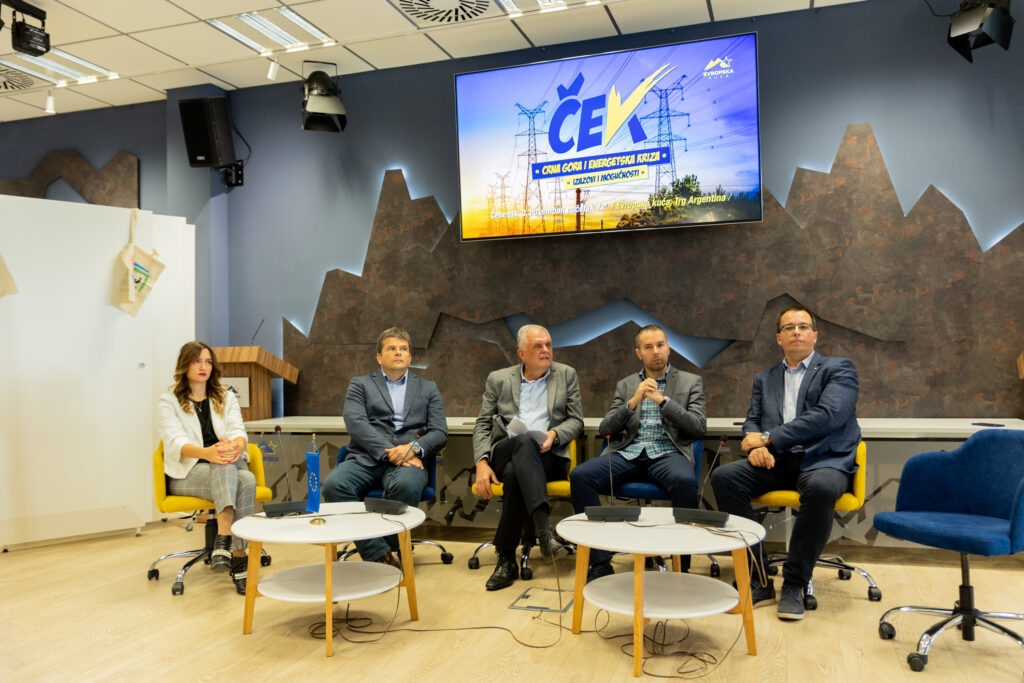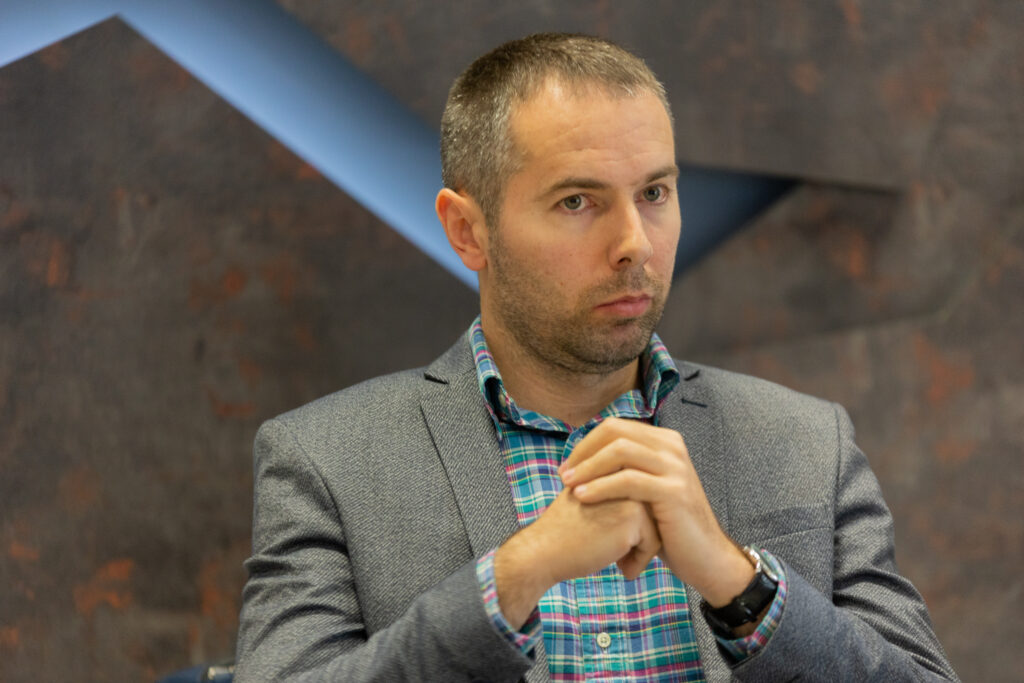For now, Montenegrin citizens have not felt the consequences of the global energy crisis because they are being amortised by state energy companies, said the representatives of those companies at the panel “Montenegro and the energy crisis – challenges and opportunities.” The panel was organised by the Europe House in the framework of the climate diplomacy week. No one was able to specify how much the amortisation of the consequences of the energy crisis will cost state companies and how long it will last.
What was clear even before the crisis has now become even clearer, said Gojko Joksimovic, Full Professor at the Faculty of Electrical Engineering. According to Joksimovic, it is necessary to build new sources of electricity.

“We need to invest very intensively, first of all in renewable energy sources. If possible, these energy facilities should be built by state energy companies with state money or credit. Concession arrangements should be avoided,” explained Professor Gojko Joksimovic.
The coordinator for economic and financial analysis of the Energy Production Company of Montenegro (EPCG), Vasilije Savovic pointed out that it is not enough to invest only in renewable sources based on wind and sun.
“It does not solve our problems as a community because it is about highly variable energy sources, which are difficult to balance,” Pointed out Savovic, emphasising that the household consumption is constantly growing.

“Currently, we are in an absurd market situation where we are trying to convince citizens not to increase their electricity consumption in order not to burden the system, but this is impossible when it is the cheapest emergent,” warned Savovic.
The Head of ICT and Development of the Montenegrin Distribution System (CEDIS), Goran Kovacevic stated that the energy crisis has spilled over on that company, which is obliged to purchase electricity in the market to cover the losses of the distribution network.

“When there was a disturbance in the electricity market, the amounts increased many times compared to what the Energy Regulatory Agency approved for the CEDIS. What the CEDIS can do in terms of the liabilities it has is to rehabilitate the losses of the network and, thus, try to alleviate the heavy financial pressure that is accompanying the company during this period,” Kovacevic said.
EPCG Solar construction spokeswoman Iva Cukic-Soskic announced that the Solari 3000 plus and Solari 500 plus projects aim to install solar power plants with a total value of 30 megawatts (MW) of installed power.

“So far, almost five megawatts have been installed, but from the end of June to September we installed only one megawatt due to administrative difficulties. It is going much faster now,” said Cukic-Soskic, adding that 300 of the 500 fitters employed by that company are on the field every day.
The projects that are currently being implemented include the installation of three thousand photovoltaic systems on the roofs of individual residential buildings, that is, 500 systems on the premises of small businesses and public institutions and companies.
Cukic-Soskic announced the start of the Solari 5000 plus project at the end of the year, and 10000 plus project in the fall of the following year.


